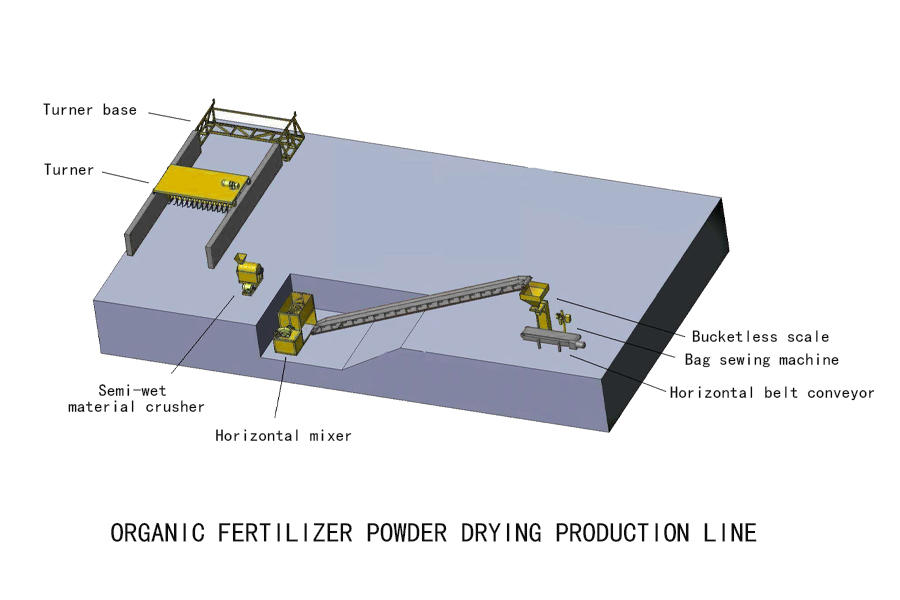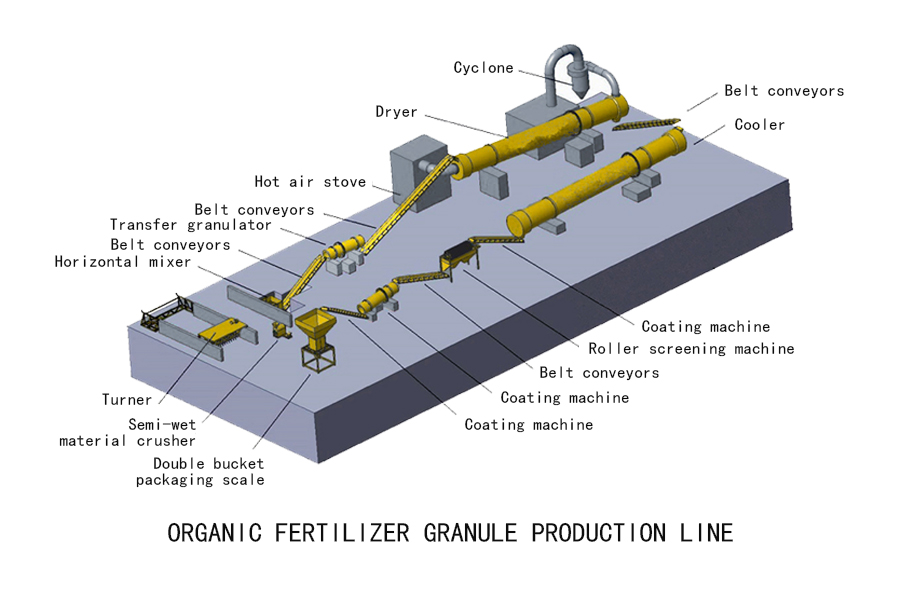The agricultural sector is undergoing a significant transformation, driven by technological advancements and the need for sustainable practices. One of the pivotal innovations in this domain is the BB fertilizer blending line, which has emerged as a game-changer for farmers and distributors alike. As we delve into this topic, I aim to explore its implications not only on productivity but also on environmental sustainability.
The Importance of BB Fertilizer Blending Lines
BB fertilizer blending lines are essential tools that allow for precise mixing of various fertilizers to meet specific crop needs. This technology enables producers to create customized blends that enhance nutrient availability while minimizing waste. By optimizing formulations based on soil tests and crop requirements, these systems contribute significantly to improved yield outcomes. Furthermore, they support eco-friendly farming practices by reducing excess chemical application and promoting efficient resource use.
Vermont’s Role in Fertilizer Production
In Vermont, agriculture plays a crucial role in both local culture and economy. The state’s commitment to sustainable farming aligns perfectly with the capabilities offered by BB fertilizer blending lines. Local farms are increasingly adopting these technologies to produce tailored fertilizers that cater specifically to their unique soil conditions and climate challenges. This shift not only boosts productivity but also fosters community resilience through enhanced food security.
Find more about Xincheng.
The Evolution of Fertilizer Blending Production Lines
The evolution of Fertilizer Blending Production Lines reflects broader trends towards automation and precision agriculture. Modern systems incorporate advanced software solutions that analyze data from multiple sources—such as weather patterns and soil health metrics—to inform blending decisions effectively. These innovations streamline operations while ensuring high-quality outputs tailored for diverse agricultural applications across regions like Vermont.
Conclusion: Embracing Innovation in Agriculture

The integration of BB fertilizer blending lines represents a critical step forward in modernizing agricultural practices globally, including here in Vermont. By embracing such innovative technologies, we can ensure more efficient use of resources while supporting sustainable growth within our communities. As we move forward, it will be vital for stakeholders at all levels—from farmers to policymakers—to recognize the value these systems bring not just economically but environmentally as well.


